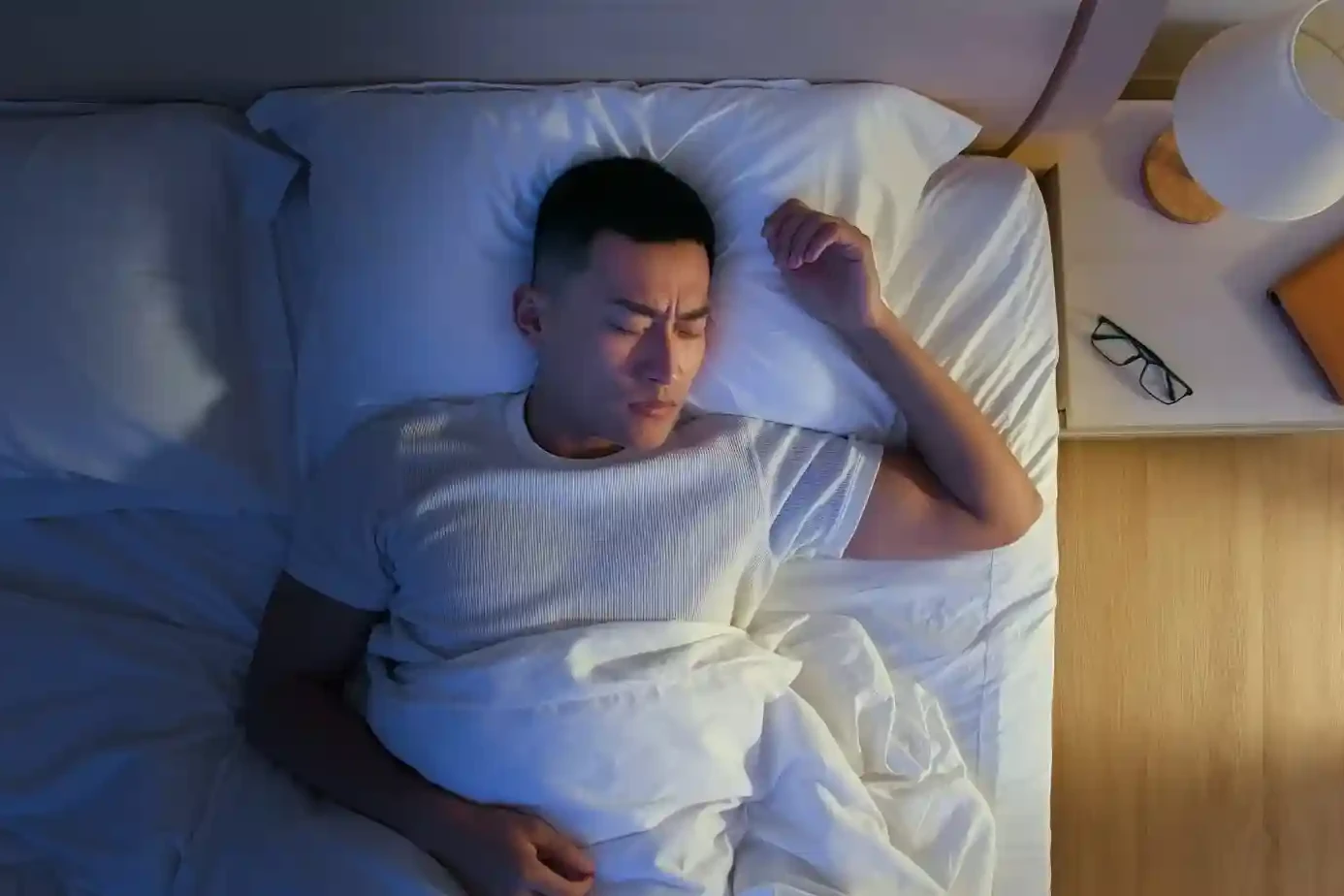Hemiplegic migraine is a rare and striking type of migraine that can leave one side of the body weak, much like a stroke. Unlike common migraine, this form often comes with paralysis, speech trouble, and vision changes. Because of its overlap with stroke, it is often misdiagnosed at first. Understanding its signs, causes, and management is key to reducing fear and guiding proper care.
What Is A Hemiplegic Migraine?
A hemiplegic migraine episode merges typical migraine symptoms with transient weakness. The weakness may last from a few minutes to several days. Along with head pain, the person may have vision problems, difficulty speaking, and confusion. Doctors place it under the group of rare neurological migraines, meaning it involves unusual brain changes not seen in most migraine types.
What Are The Types Of Hemiplegic Migraines?
There are two main types:
- Familial hemiplegic migraine (FHM): Runs in families, usually caused by changes in genes that control brain signals. A family history helps identify this type.
- Sporadic hemiplegic migraine (SHM): This type occurs in individuals who do not have a familial history. The symptoms are the same as familial, but it appears as a one-off case.
Both types can cause muscle weakness / one-sided weakness, visual aura, and sensory changes.
Hemiplegic Migraine Vs Stroke: How Are They Different?
This condition often mimics stroke. Both cause weakness and loss of speech. But a stroke results from blocked or burst vessels in the brain. A hemiplegic migraine vs stroke situation can be difficult even for doctors.
Here’s a comparison:
| Feature | Hemiplegic Migraine | Stroke |
| Weakness | Reversible, may last minutes to days | Often permanent unless treated quickly |
| Onset | Gradual progression with aura signs | Sudden, maximum at onset |
| Vision changes | Flashing lights, zig-zag, blind spots | Sudden loss of vision |
| Age group | More common in young people | More common in older adults |
| Cause | Genetic changes, brain wave activity | Blocked or burst blood vessels |
Because both can look alike, every sudden episode should be treated as an emergency until proven otherwise.
Hemiplegic Migraine With Aura Explained
People suffering from this condition encounter hemiplegic migraine accompanied by aura. Aura is a group of warning signs that appear before weakness. Common aura symptoms include:
- Vision changes (blind spots, flashing lights, zig-zag, double vision)
- Tingling in the face, arms, or legs
- Trouble speaking or forming words
The aura stage may last up to an hour. Weakness follows afterward and is the hallmark sign.
Is A Hemiplegic Migraine An Emergency?
Yes. Any sudden one-sided weakness should be treated as an emergency. Since stroke is a life-threatening condition, immediate medical care is vital. Doctors usually perform scans to rule out stroke before confirming migraine.
How Common Is A Hemiplegic Migraine?
This is not a common condition. Only a minor fraction of migraine sufferers experience the hemiplegic variant. Among them, many experience migraine misdiagnosis as stroke at least once in their life.
Table of Contents
ToggleSymptoms And Causes
What Are Hemiplegic Migraine Symptoms?

Typical hemiplegic migraine symptoms include:
- Headache, often severe and throbbing
- Temporary paralysis or weakness on one side
- Numbness and tingling
- Visual aura with flashing lights or blind spots
- Trouble speaking or understanding speech
- Confusion or memory gaps
- In some, seizures
The unilateral weakness is the reason some refer to it as a one-sided weakness migraine.
What Does A Hemiplegic Migraine Feel Like?
For many, it begins with bright visual flashes, followed by creeping numbness in the hand or face. Weakness then sets in, spreading to the arm or leg. The headache arrives later, often pounding and disabling. The sudden loss of movement and the fear of stroke make the episode very distressing.
What Causes A Hemiplegic Migraine?
The key factors causing hemiplegic migraine include:
- Genetic changes: Many cases link to mutations in genes like CACNA1A, ATP1A2, and SCN1A, which affect nerve signaling.
- Cortical spreading depression: A gradual wave of brain activity propagates across the cortex, resulting in aura and weakness.
- Brain and migraine link: The attack is tied to how brain cells handle calcium, sodium, and potassium.
This is why scientists often call it a genetic migraine disorder.
What Triggers Hemiplegic Migraines?
Common hemiplegic migraine triggers include:
- Stress or emotional shock
- Lack of sleep or irregular sleep patterns
- Bright or flickering lights
- Certain foods such as aged cheese, chocolate, or processed meats
- Hormonal changes, especially in women
- Weather changes or altitude shifts
Tracking triggers helps reduce the number of attacks.
When Do Hemiplegic Migraines Start?
They often begin in childhood or adolescence. Hemiplegic migraine in children may show up as sudden paralysis and headache during school years. Some children are misdiagnosed with epilepsy or stroke before the right diagnosis is made.
What Are The Complications Of A Hemiplegic Migraine?
Most attacks resolve fully. However, repeated episodes can interfere with school, work, and daily life. Long attacks may leave behind fatigue or trouble concentrating. Rarely, permanent weakness or stroke-like migraine symptoms may remain.
Diagnosis And Tests
How Is A Hemiplegic Migraine Diagnosed?
Diagnosis involves:
- Medical history review, including family history
- Neurological exam during or after attacks
- Brain imaging such as MRI or CT scan to rule out stroke
- Genetic testing if familial type is suspected
Due to the symptom overlap with stroke, it is common for migraines to be misdiagnosed as strokes. Only careful examination can confirm the true condition.
Management And Treatment
What Are The Treatments For Hemiplegic Migraine?
Doctors choose treatments for hemiplegic migraine carefully. Standard migraine drugs such as triptans or ergotamines are often avoided, as they can narrow blood vessels and make symptoms worse.
Hemiplegic migraine treatment usually involves:
- Preventive medicines
- Symptom-relief medicines
- Lifestyle changes
Medications For Hemiplegic Migraine
Options for migraine medication for hemiplegic type include:
- Calcium channel blockers like verapamil
- Anticonvulsants such as lamotrigine or valproic acid
- Acetazolamide in some genetic cases
- Non-steroidal pain relievers for headache
Each person responds differently, so treatment must be personalized.
Lifestyle Changes And Prevention Strategies
Lifestyle plays a major role. Migraine prevention strategies include:
- Keeping a regular sleep schedule
- Eating meals on time
- Drinking enough water
- Reducing stress through relaxation practices
- Avoiding known food triggers
- Regular exercise without overexertion
These steps can reduce the number and severity of attacks.
Outlook / Prognosis
What Can I Expect If I Have A Hemiplegic Migraine?
Most people recover fully after each attack. The duration and intensity vary. Some may only have a few attacks in life, while others may face regular episodes.
How Long Does A Hemiplegic Migraine Last?
Attacks may last from a few hours to several days. The weakness usually resolves in 24 to 72 hours, but in rare cases, it can linger for a week.
Prevention
Can A Hemiplegic Migraine Be Prevented?
Yes, prevention is possible. By combining trigger management, healthy lifestyle habits, and doctor-guided preventive medicines, many patients reduce both the frequency and severity of attacks.
Living With
When Should I See A Healthcare Provider?
See a doctor immediately if you experience sudden weakness, confusion, or vision loss. Even if you suspect migraine, stroke must be ruled out urgently.
What Questions Should I Ask My Healthcare Provider?
- Which medicines are safe for my type?
- Should my family get tested for genetic forms?
- What steps should I take during an attack?
- How can I balance school or work with this condition?
The Bottom Line
Hemiplegic migraine is rare but serious. It can mimic stroke and cause intense fear. Quick medical care ensures safety and proper diagnosis. With correct treatment and trigger control, most people lead normal lives.
FAQs
What are the causes of hemiplegic migraines?
They stem from genetic mutations, abnormal brain signaling, and cortical spreading depression, which alter how the brain processes signals, causing weakness and severe migraine symptoms.
How do you treat migraines while pregnant?
Treatment during pregnancy focuses on safe medicines such as acetaminophen, lifestyle measures, hydration, and rest while avoiding drugs that may harm the mother or baby.
How to avoid a hemiplegic migraine?
Avoid triggers like stress, sleep loss, and certain foods. Use preventive medications if advised. Track patterns in a diary to identify and manage possible triggers effectively.
How to stop hemiplegic migraine at home?
Rest in a dark quiet room, stay hydrated, and use prescribed rescue medicines. Seek urgent care if weakness or vision loss is severe or lasts longer than usual.
How long does a hemiplegic migraine last?
Attacks can last hours to days. Weakness often resolves within seventy-two hours, while headache and aura symptoms may continue for a few days depending on severity.
What neurological disorders cause migraines?
Conditions like familial hemiplegic migraine, epilepsy, and other rare neurological disorders can alter brain signaling, raising the risk of recurrent migraine attacks with unusual symptoms.
What is migraine with aura?
It is a migraine subtype where visual or sensory changes like flashing lights, zig-zag patterns, or tingling occur before the headache phase begins, often lasting about an hour.
About The Author

This article is medically reviewed by Dr. Chandril Chugh, Board-Certified Neurologist, providing expert insights and reliable health information.
Dr. Chandril Chugh is a U.S.-trained neurologist with over a decade of experience. Known for his compassionate care, he specializes in treating neurological conditions such as migraines, epilepsy, and Parkinson’s disease. Dr. Chugh is highly regarded for his patient-centered approach and dedication to providing personalized care.
→ Book a consultation to discover which remedies suit your needs best.





